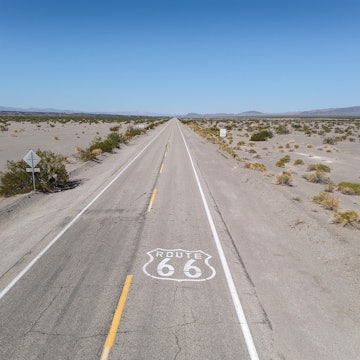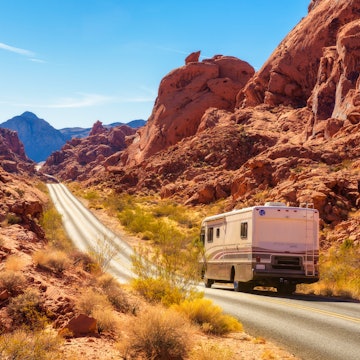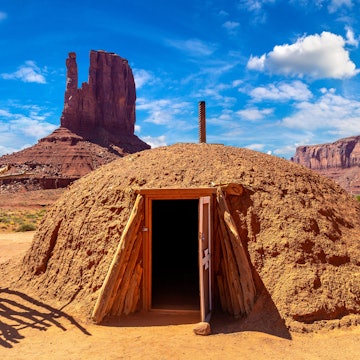

Although Arizona is fairly car-centric, there are still some alternative options for exploring the Grand Canyon State. Dmitry Vinogradov/500px
One could make a strong argument that the Great American Road Trip was inspired by the Grand Canyon State’s long stretches of lonely desert highway, enveloped by a striking contrast of rugged red rocks and pastel-colored skies.
Arizona is undeniably a road trip destination, but with a mix of major cities, college towns, and some of the world’s most photographed landmarks, visitors have other options for touring the sixth-largest US state.
You’ll find sufficient public transportation in bigger cities but limited options outside those hubs. And although certain neighborhoods and districts are walkable, the spread-out nature of, well, everything in Arizona means few areas are suited to exploring entirely on foot.
This guide covers the best ways to get around Arizona. Fortunately, every one of them involves the scenic route.

Driving yourself is the best way to get around Arizona
Exploring Arizona’s diverse landscapes is easiest and most enjoyable by car. Even if you’re hoping to go mostly car-free, it’s worth renting a car for a day trip (or two).
Major rental companies, as well as the carsharing marketplace Turo, have a large presence in cities and tourist hubs like Sedona and Page. Rental rates vary considerably not only by season and location but also within cities. If possible, rent from an off-airport location, which is nearly always less expensive. Many hotels and resorts have free airport shuttles, and in Phoenix, the light rail gets you close to pickup locations.
Planning to ride a motorcycle? Arizona’s controversial relaxed helmet law requires only riders under-18 to wear helmets, although eye protection is mandatory.
Poor weather is rare throughout most of the state, but look out for “haboobs,” funny-sounding but intense dust storms that can reduce visibility to nearly zero. Summer monsoons similarly bring heavy, vision-obscuring rain – along with possible flash flooding. In either case, pull over and wait it out: these bursts of weather tend to be short-lived.
Buses are a viable option if you have a lot of flexibility
Most Arizona cities have bus networks, including smaller towns like Payson and Kingman, with free in-town shuttles in Sedona, Scottsdale and Tempe. However, service areas on Phoenix’s Valley Metro and Tucson’s Sun Tran are surprisingly sparse, with buses running every 30 to 45 minutes and a complete lack of service to rural areas. Buses also stop in numerous less-appealing parts of town, and you’ll likely have to walk several blocks between stops – a major consideration in Arizona’s heat. Study your route in advance and consider the light rail or rideshare if you’ll need to walk more than a block or two.
Greyhound and FlixBus offer affordable alternatives to driving between many cities and tourist destinations. While you can’t get to some destinations such as Page, both services traverse the majority of the state, operating between Tucson and Flagstaff, Show Low and Kingman, and Phoenix and Yuma.
Sedona, too, is stepping up its game with an interactive walking map that lets you plan a self-guided route linking neighborhood restaurants, art studios and museums.

Consider airport shuttles to travel between cities
Groome Transportation offers shared rides between several Arizona airports in comfortable transit vans. Even if you’re not flying, this economical option is worth considering. A one-way fare between Sky Harbor (PHX) and Tucson International Airport (TUS) is just $49, while getting from Phoenix to Flagstaff is $59 each way, and shuttles run daily, morning to night.
Navigate Phoenix and Tucson on the light rail or streetcar
Metro Phoenix, one of the largest cities in the US – even bigger when you include its 20-some sprawling communities, including Scottsdale, Mesa and Glendale – can be challenging to navigate by car due to its sheer size. The Valley Metro Rail offers fast, efficient transit with over 40 stops, covering downtown and central Phoenix, with stops at the airport and extensions to Tempe and Mesa. A single ride is $2, and all-day passes are $4.
Tucson’s Sun Link Streetcar covers a 4-mile route with 23 stops, connecting five districts including downtown, historic Fourth Avenue and the University of Arizona.
Notably, all public transportation in Tucson is currently free and will remain so until at least summer 2025. The city is actively working on ways to make it a permanently fare-free system.
Rideshare is widely available
Uber and Lyft are widespread across Arizona, including in smaller cities. Given how spread out things are, though, driving yourself is often more practical, especially with abundant free parking in most areas. Entertainment hubs like Scottsdale and downtown Phoenix and Tucson are exceptions, where hailing a ride is useful for avoiding the hassle of parking. Compare prices between apps before booking, as it’s not uncommon to find a significant price discrepancy between companies.
In Phoenix, try Waymo One, “the world’s first autonomous ride-hailing service.” This truly unique driverless rideshare service is currently available only in Phoenix and San Francisco. As a bonus, Waymo One rides are often less expensive than traditional rideshares.
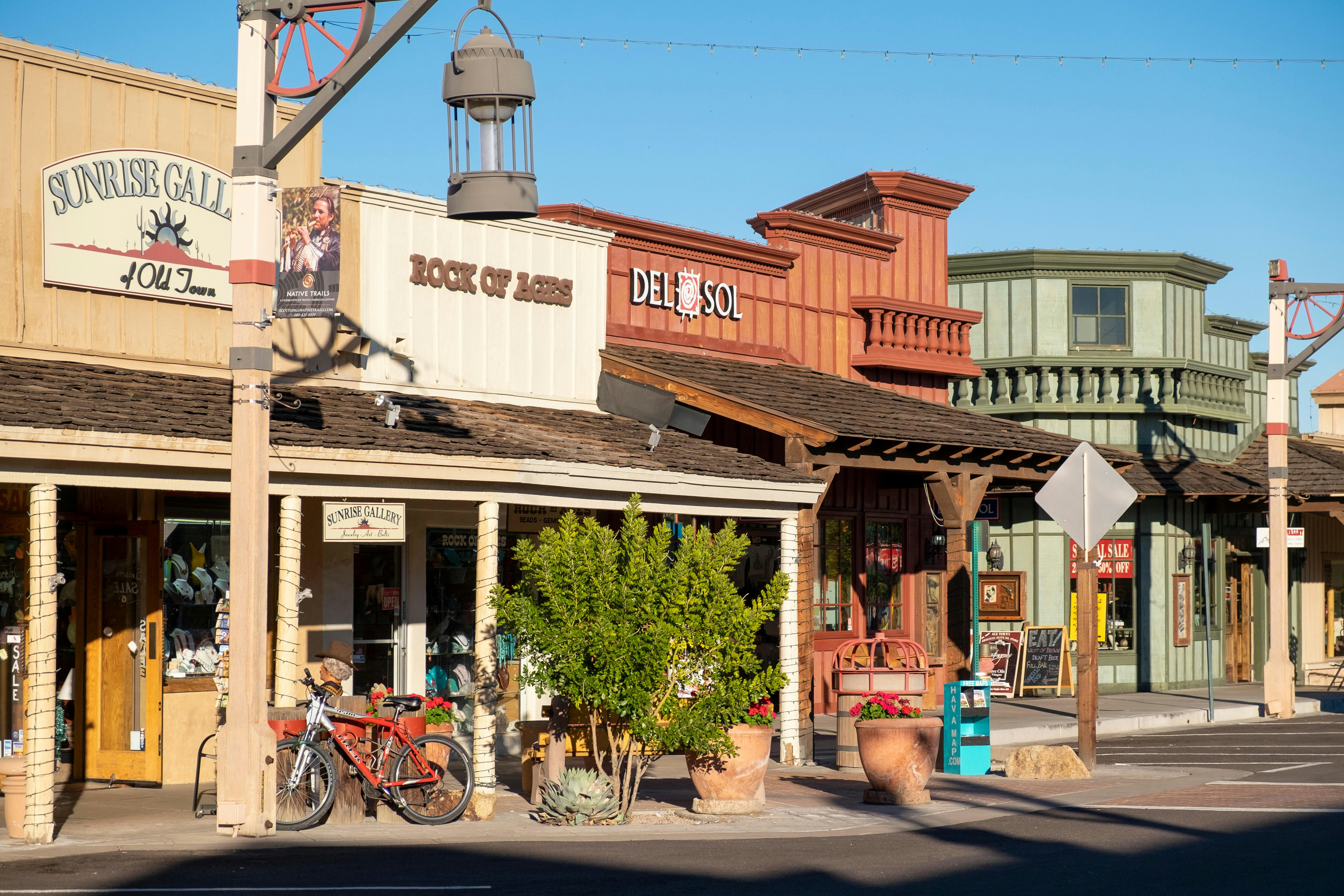
Arizona has several bike-friendly cities
Cars undeniably dominate Arizona’s roads, but several cities have made strides to create safe, pro-cyclist environments. Tucson, Scottsdale, Tempe and Flagstaff are League of American Bicyclists silver- or gold-level Bicycle Friendly Communities, reflecting accessible infrastructure and strong cycling culture. In Tucson, widely considered one of the most bike-friendly cities in the country, the Tugo bike share program has over 330 bicycles across 40 stations. The Loop is a 131-mile network of trails connecting parks and other points of interest, with water stops and bike rentals along the route.
Rail service is extremely limited
Amtrak has two routes that cross Arizona – literally – but only east to west. Because there aren’t any north-south routes, trains are rarely the best option. The Southwest Chief Train runs between Chicago and Los Angeles, stopping daily in Winslow, Flagstaff and Kingman. The Sunset Limited/Texas Eagle route serves southern Arizona cities between San Antonio and Los Angeles, making stops in Benson, Tucson, Maricopa and Yuma three days a week.
Frequently asked questions
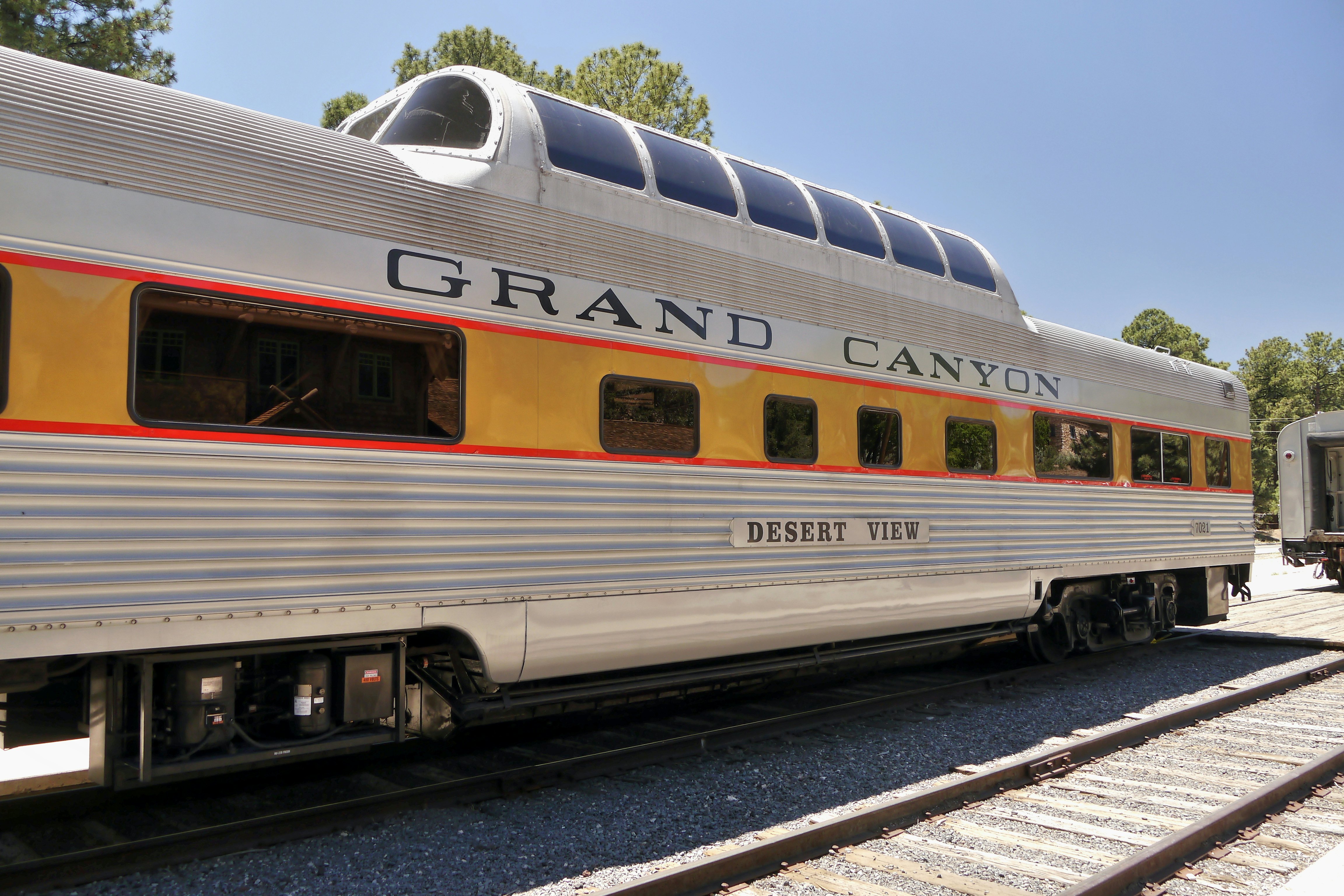
Is it possible to visit Arizona’s national parks without a car?
You can easily visit the Grand Canyon without your own vehicle. The Grand Canyon Railway operates a daily train from Williams into Grand Canyon Village year-round, and you can get to Williams on Greyhound or via bus from Flagstaff.
Do any shuttles run between the Grand Canyon’s North and South rims?
If hiking the Grand Canyon Rim-to-Rim is on your bucket list, transportation is one of the biggest logistics you’ll need to figure out. Trans-Canyon Shuttle runs two trips daily between the South and North Rim seasonally, from mid-May to mid-October.
What is the average cost of bus fare in Arizona?
Expect to pay around $2 per ride throughout the state, with discounts available for students, senior and disabled riders, and for buying multi-day passes in advance.
Accessible transportation in Arizona
Public transport systems in Metro Phoenix and Tucson offer a wide range of accessibility features, including “kneeling” buses with ramps and lifts, accessible boarding areas and braille schedules and maps. Fare machines in Phoenix also have braille.
ADA Paratransit services in cities and towns throughout Arizona also offer on-demand curb-to-curb transportation alongside travel training for those who wish to learn to navigate independently. The Valley Metro ADA Paratransit program provides local and regional service, with “local” defined as rides starting and ending in the same area, such as Glendale or Phoenix proper, and regional service traveling between areas. Tucson’s Paratransit service includes Sun Van, Sun Shuttle and reservable Sun on Demand.








